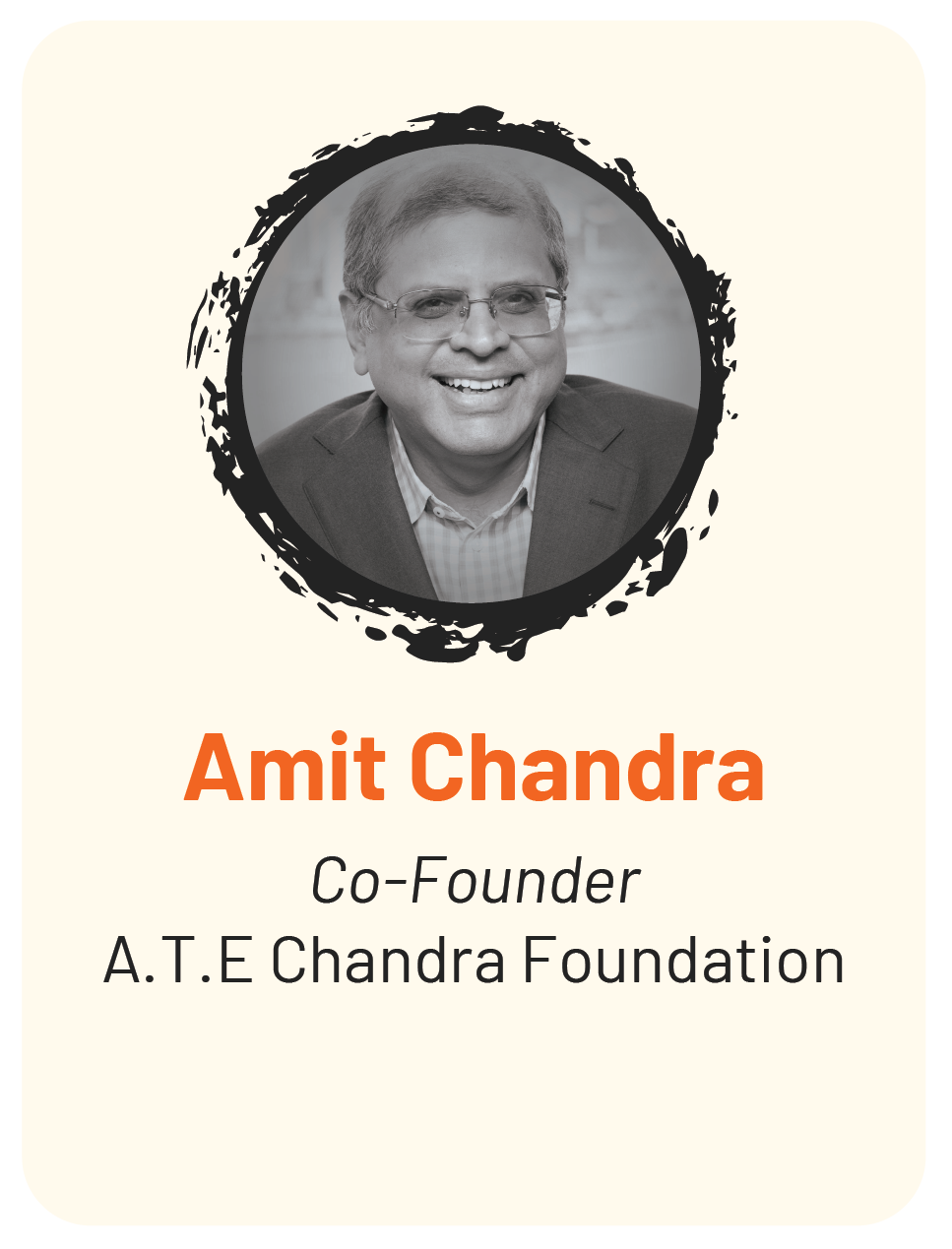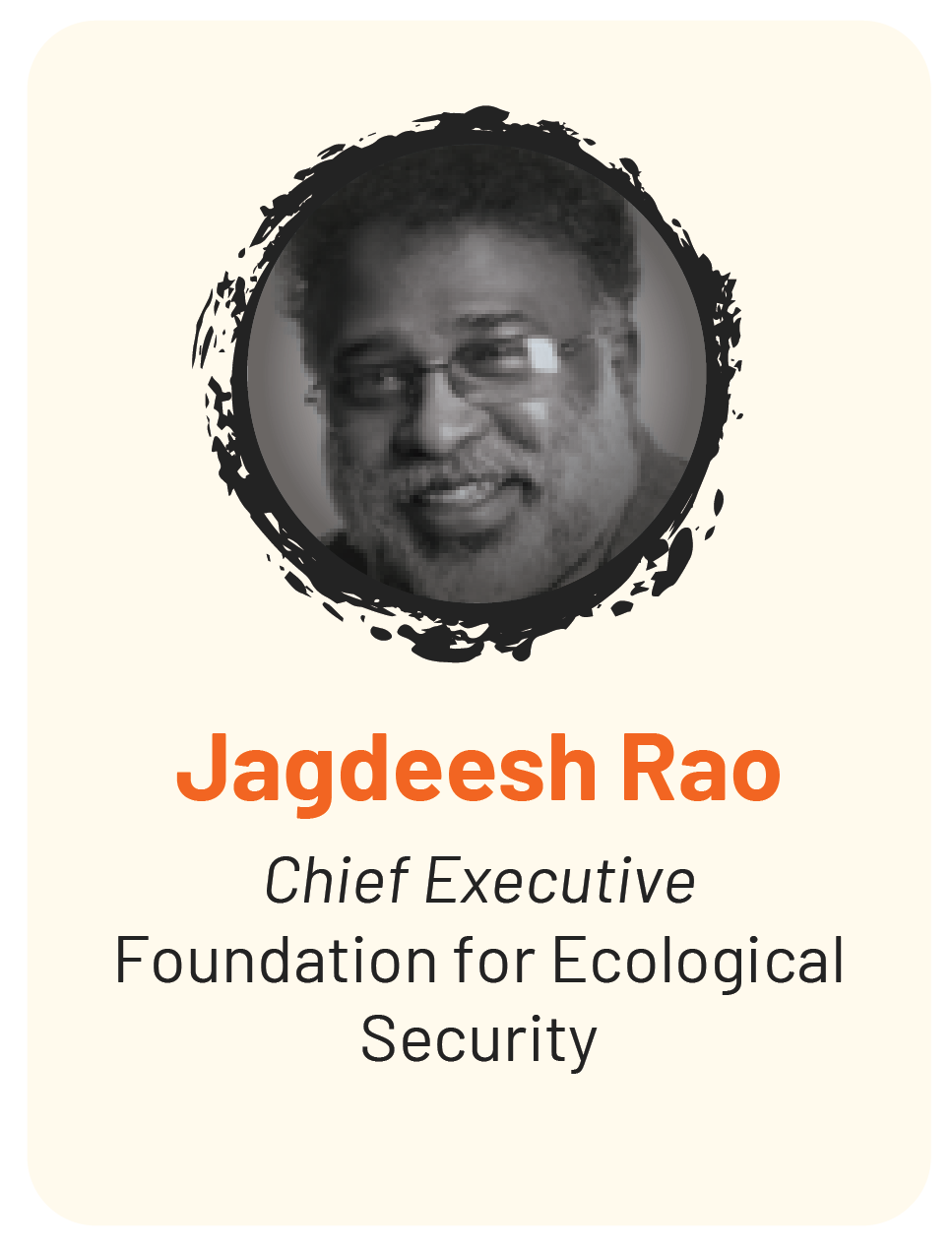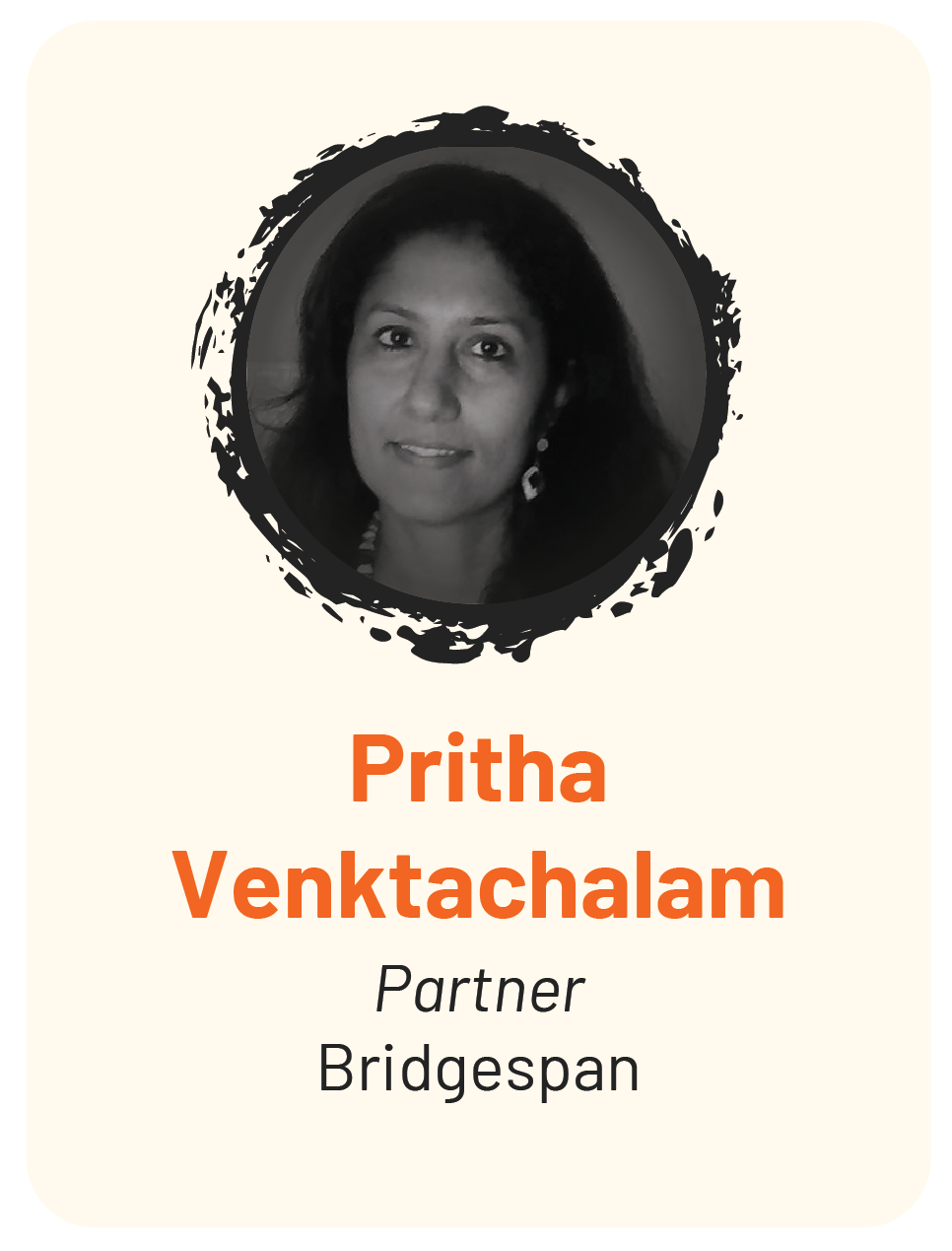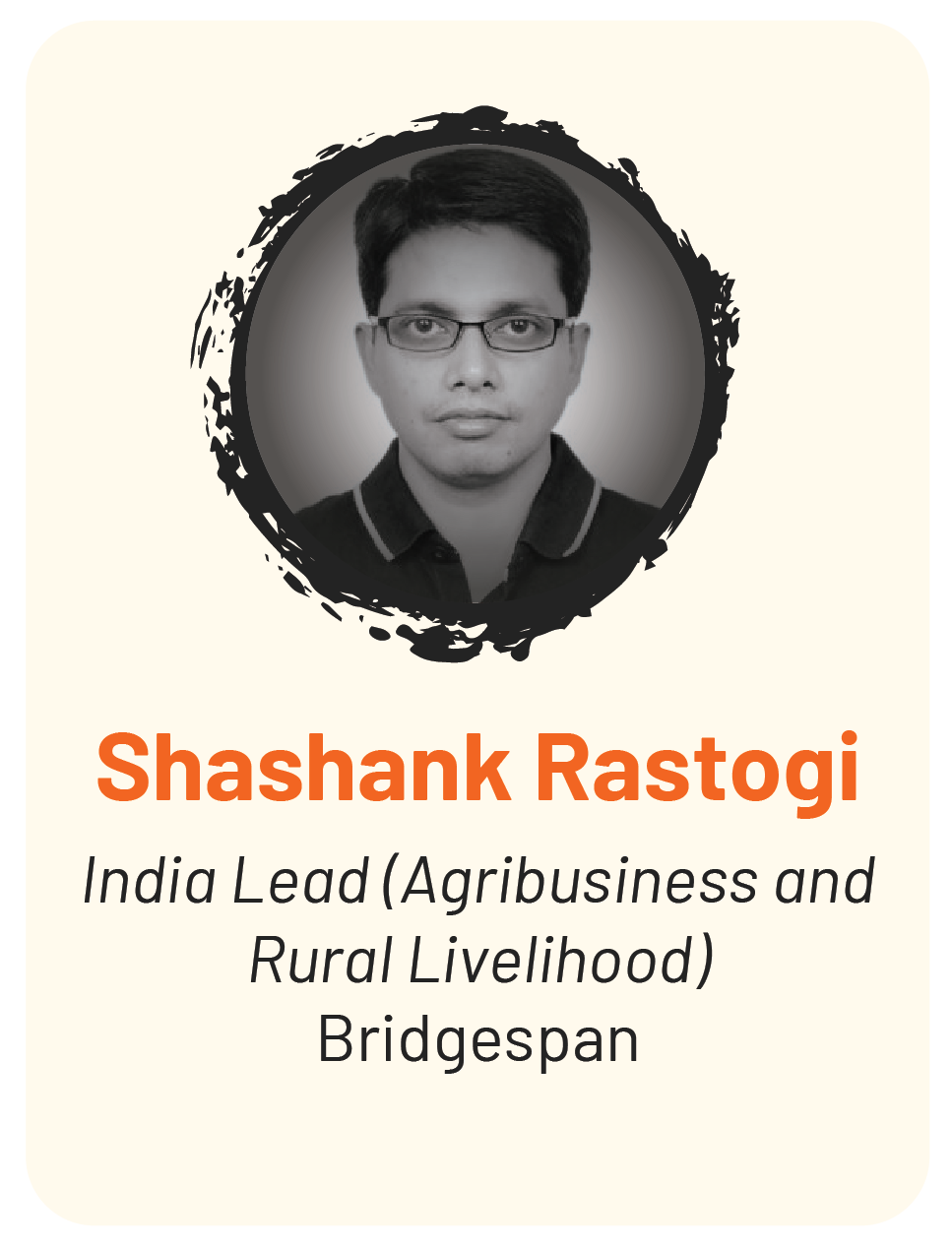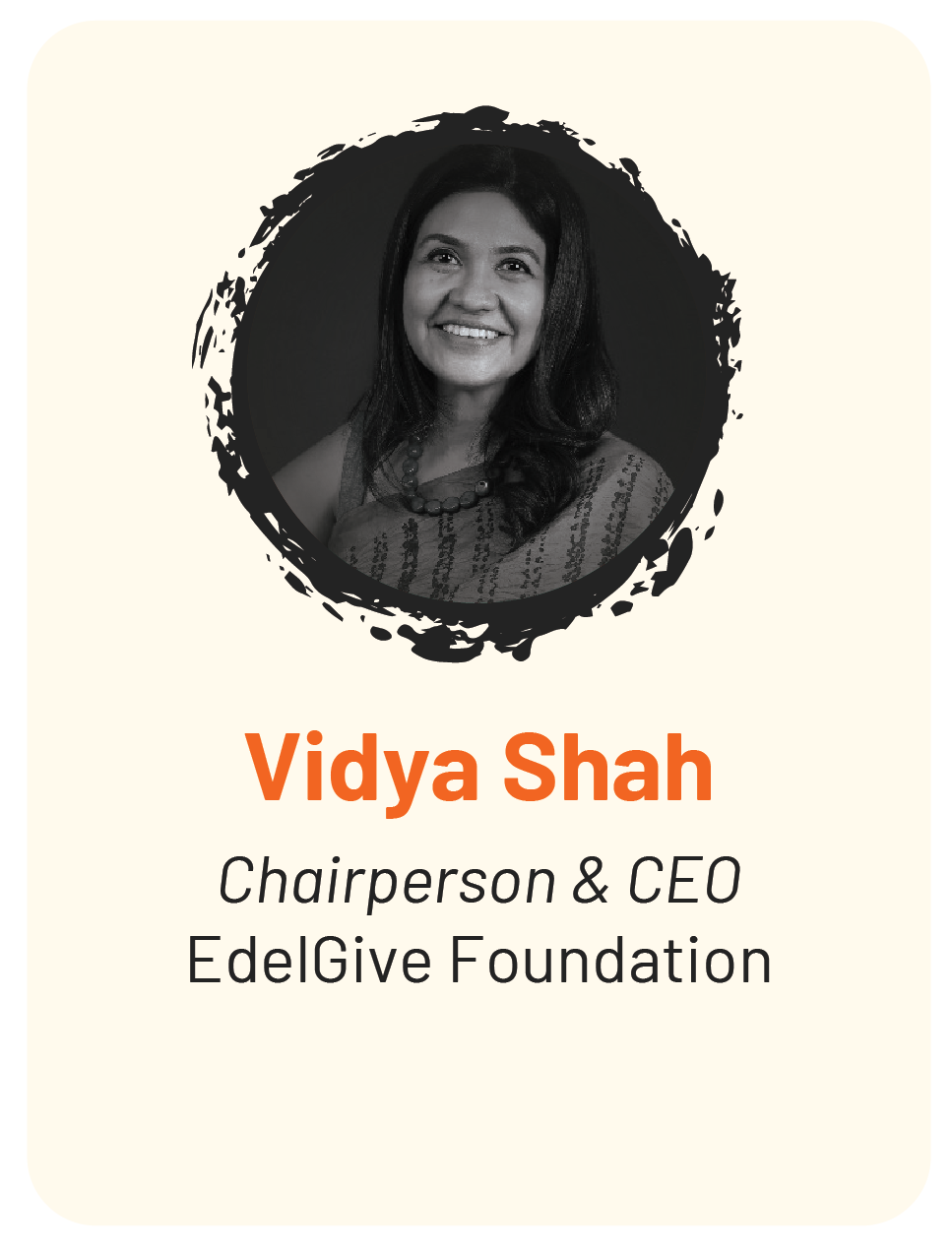Pay What It Takes Philanthropy:
|
|
In India, the chronic underfunding of nonprofits’ administrative and operational costs limits their ability to grow and deliver long-term impact. To understand how we can change the practices and mindsets of funders and other stakeholders to build stronger, more financially resilient nonprofits, read The Bridgespan Group’s new report on Building Strong, Resilient NGOs in India: Time for New Funding Practices.
You can also tune in to the session highlights to hear nonprofits, funders, and intermediaries deep dive into the findings of the study, and discuss paths forward. |
Key takeaways
● Fragility is a reality for NGOs in the sector, even those with larger budgets. This fragility has always been there, but became more visible and pronounced during the COVID-19 crisis.
● A new study by The Bridgespan Group highlights the magnitude of the indirect cost funding gap. 83% of their respondents reported struggling to secure coverage of indirect costs and half reported no operating surplus for the past three years.
● Systemic underfunding hurts rural nonprofits and Dalit, Bahujan, or Adivasi (DBA)-led organizations more than others.
● Four path-changing practices that could provide true cost funding include developing multi-year funder-nonprofit partnerships, closing the indirect-cost funding gap, investing in organizational development, and building financial reserves.
● An immediate call to action for funders — reach out to grantees to understand their true cost; reflect on how your policies may contribute to chronic underfunding of nonprofits; and refine policies to fund impact, not just programs.
● Philanthropists who have already started adopting less restrictive funding practices have seen how organizations can benefit and achieve improved outcomes towards their social mission. They see trust-based relationships and communication with nonprofit partners as important to this process.
● A new study by The Bridgespan Group highlights the magnitude of the indirect cost funding gap. 83% of their respondents reported struggling to secure coverage of indirect costs and half reported no operating surplus for the past three years.
● Systemic underfunding hurts rural nonprofits and Dalit, Bahujan, or Adivasi (DBA)-led organizations more than others.
● Four path-changing practices that could provide true cost funding include developing multi-year funder-nonprofit partnerships, closing the indirect-cost funding gap, investing in organizational development, and building financial reserves.
● An immediate call to action for funders — reach out to grantees to understand their true cost; reflect on how your policies may contribute to chronic underfunding of nonprofits; and refine policies to fund impact, not just programs.
● Philanthropists who have already started adopting less restrictive funding practices have seen how organizations can benefit and achieve improved outcomes towards their social mission. They see trust-based relationships and communication with nonprofit partners as important to this process.
session highlights
It is no secret that NGOs in India are chronically underfunded, particularly when it comes to non-program costs, such as those for organizational development. Despite growing conversation around funding the real cost of programs, many grant-makers continue to pay low overhead rates regardless of their grantees’ actual needs. This shortfall not only limits the ability of nonprofits to grow and reach more communities, but also prevents them from building resilience to survive crises. As a sector, how can we change practices and mindsets of funders and other stakeholders to build stronger, more financially resilient nonprofits in India?
Pay-what-it-takes philanthropy is an approach that has the potential to shift funding from programs and services to what it actually takes to create and scale impact. A new study by The Bridgespan Group, titled ‘Building Strong, Resilient NGOs in India: Time for New Funding Practices’ highlights the magnitude of the problem and shows funders and nonprofits how they can work together to achieve the trust and transparency needed to achieve greater impact.
Pay-what-it-takes philanthropy is an approach that has the potential to shift funding from programs and services to what it actually takes to create and scale impact. A new study by The Bridgespan Group, titled ‘Building Strong, Resilient NGOs in India: Time for New Funding Practices’ highlights the magnitude of the problem and shows funders and nonprofits how they can work together to achieve the trust and transparency needed to achieve greater impact.
quotes
|
|
“India has many amazing impact leaders, but we are in a shockingly fragile sector. This fragility is not because of Covid-19. This fragility was always there, it’s just become more visible because of Covid-19.” — Anant Bhagwati, Dasra |
|
|
“We need to move away from a number-based indirect cost allocation to what is the right indirect cost required to deliver impact.” — Shashank Rastogi, The Bridgespan Group |
|
|
“While every single stakeholder has to change mindsets and practices towards pay-what-it-takes philanthropy, the ball is in the funders court. If they were to initiate candid, trusted conversations with their nonprofit partners to provide funding for overall organisational growth, that can really cause the needle to move in the sector.” — Pritha Venktachalam, The Bridgespan Group |
|
|
“One of the things we realized is that a lot of nonprofits do not look at fundraising as a core activity. But in reality, it is almost as important as the program. You can’t survive if you don’t have the funding.” — Vidya Shah, EdelGive Foundation |
|
|
“Sometimes things change on a funder's side as well. It's very important for funders to be honest and transparent with partners, and give them adequate notice when things are going to change, to minimize disruption to programs.” — Amit Chandra, ATE Chandra Foundation |
Share this session's highlights with your network!


